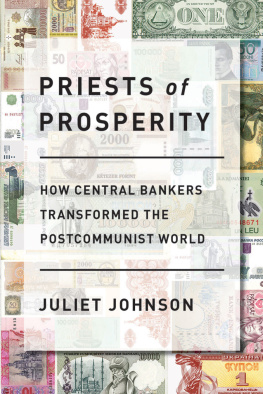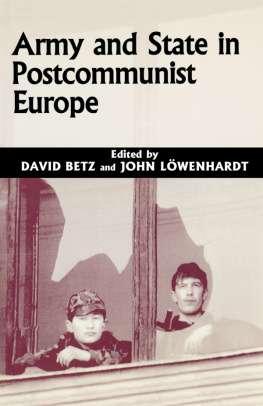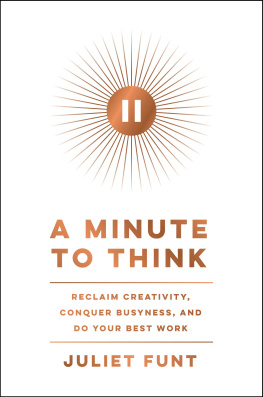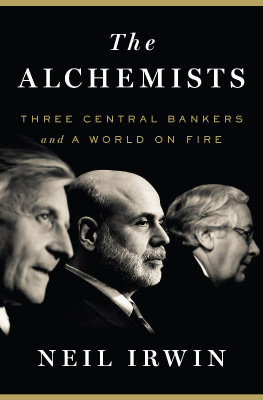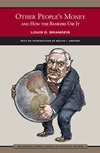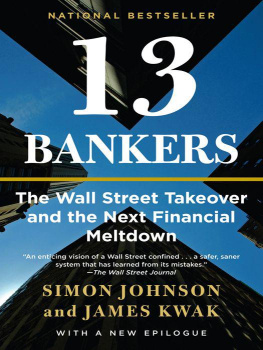Preface
Ulan Sarbanov never planned to become a central banker. But while working in Russia in 1993, the bright young economist from Kyrgyzstan received a summons from his countrys Supreme Council. Would he return home to take a position at the National Bank of the Kyrgyz Republic (NBKR)? The NBKR, until recently a mere branch office of the Soviet central bank, had few qualified staff members and faced comprehensive restructuring. Sarbanov agreed, and as an NBKR economist worked to help his new country successfully introduce its own currency, the som. Then, in 1998, the Russian financial crisis hit neighboring Kyrgyzstan hard. In the resulting government shake-up, Sarbanov agreed to become deputy minister of finance. Shortly after Sarbanov had moved to the Finance Ministry, Kyrgyz president Askar Akayev called Sarbanov to his office. Sarbanov, mystified and somewhat awed by the prospect of meeting the president, found himself in a two-hour conversation with Akayev in which the president warned him of the corrupting influence of big money. Akayev then told him that in one hour, Sarbanov would be introduced as the next governor of the NBKR. At that time, Sarbanov was thirty-one years old.
Soviet-era central banks played a lowly role in the regions command economies, serving as accountants and cash cows for governments and state-owned enterprises. After the fall of the Berlin Wall, thousands of central bankers in East Central Europe, the Balkans, and the former Soviet Union found themselves in positions not unlike Ulan Sarbanovs. Fresh out of university or with practical experience only in the financial systems of planned economies, these men and women faced the daunting task of completely reshapingand in some cases creating from scratchcentral banks capable of controlling inflation, managing payment systems, and regulating unruly new commercial banks. As if that were not enough, most also needed to shepherd central banking laws through their legislatures and introduce new currencies to replace their old Soviet-era monies. The challenge seemed overwhelming. Yet by the mid-1990s, the postcommunist region boasted the worlds most legally independent central banks. Even more astonishing, by the turn of the twenty-first century all but the most repressive postcommunist states had reasonably professional and technically proficient central banks, as well as central bankers who had adopted prevailing international norms.
How and why did this remarkable transformation occur? Conventional wisdom holds that it happened because of the need to attract foreign investors, coercion by powerful states, or the desire to imitate Western institutions. Although each explanation contains its grain of truth, none is adequate. International incentives, pressures, and ideas may have inspired postcommunist states, but incentives, pressures, and ideas alone could not rapidly craft complex institutions or create expertise where it did not previously exist.
Instead, I argue that the transnational central banking community actively guided the transformation of postcommunist central banks. As communist regimes began collapsing in 1989, influential central bankers in the advanced industrial democracies and their allies in the International Monetary Fund (IMF) came face to face with the unprecedented opportunity to introduce their own central banking model to a region where the existing economic order had been delegitimized and where leaders sought new ways to organize and stabilize their countries financial systems. This central banking community devoted millions of dollars and hours to lobbying, training, and technical assistance in the postcommunist world. Experienced central bankers introduced their new post-communist colleagues to the community, persuaded them to adopt the communitys principles and practices, and led hands-on efforts to help them develop the tools of modern central banking. This deliberate effort is critical to understanding postcommunist central bank development, and indeed processes of financial globalization more broadly. Central bankers like Ulan Sarbanov worked hard to transform their institutions, but crucially, they did not labor alone.
Postcommunist central bankers could not have wished for better partners. The transnational central banking community had reached a new peak of cohesiveness and influence in the 1990s. Its cohesiveness came from its shared principles and practices, its unique professional culture, its extensive transnational infrastructure, and its relative insularity. By this time central bankers had widely embraced the twin operating principles of price stability and political independence, as well as a range of complementary practices based on these principles. Central bankers shared a quasi-religious professional culture demanding fluency in both English and economics. They met and worked together through organizations such as the IMF, the Bank for International Settlements (BIS), and eventually the European Central Bank (ECB). Their close relationships, legal autonomy, and seemingly arcane expertise created a highly insular community. The community exemplified what I will call a wormhole network, a narrowly bounded identity group whose close internal connections transcend geographic distance. Taken together, these characteristics meant that central bankers often had more in common with their professional compatriots abroad than with other government officials in their own countries.
The communitys international influence stemmed in part from this cohesiveness and drew on substantial ideational, material, and organizational resources. The community held a monopoly on recognized central banking expertise in the advanced industrial democracies. It possessed extensive financial means, plentiful personnel, and the support of powerful states. It had previously developed training and technical assistance programs and had worked together across borders to deliver them. Although the communitys efforts dovetailed with the broader promotion of Washington Consensus free-market economic ideas, institutions, and practices to the postcommunist world, no other reform proposal had such powerful, organized promoters or such a universally accepted model as did the independent central bank focused on price stability. The confluence of this single compelling concept, a cohesive and influential international community devoted to promoting it, and the collapse of Soviet-era economic institutions opened a window of opportunity for transplanting the communitys central banking model into the postcommunist world.
Such transplantation takes place in three stages: choice, transformation, and internalization. Choice refers to the initial governmental decision to enshrine central bank independence into law, transformation refers to the change process within the central bank itself, and internalization refers to embedding the transformed central bank into its broader domestic environment. In the choice stage, postcommunist governments all passed legislation granting greater political independence to their central banks. While the transnational central banking community played an important role as lobbyists and inspiration in this stage, the governments making this choice were indeed driven primarily by a desire to emulate Western-ness, bolster their sovereignty, and attract foreign capital. Most studies examining the spread of Western-style central banking to the postcommunist world focus on this initial choice.
The transnational central banking community came into its own in the transformation stage. It developed a simplified and flexible export model of central bank principles and practices, it had significant access to postcommunist central bankers, and it gave relatively consistent, intensive advice and assistance to post-communist central banks (the sole exception, albeit a crucial one, was in the area of banking supervision). The community provided social and material incentives for postcommunist central bankers to accept its model and mind-set as well.

